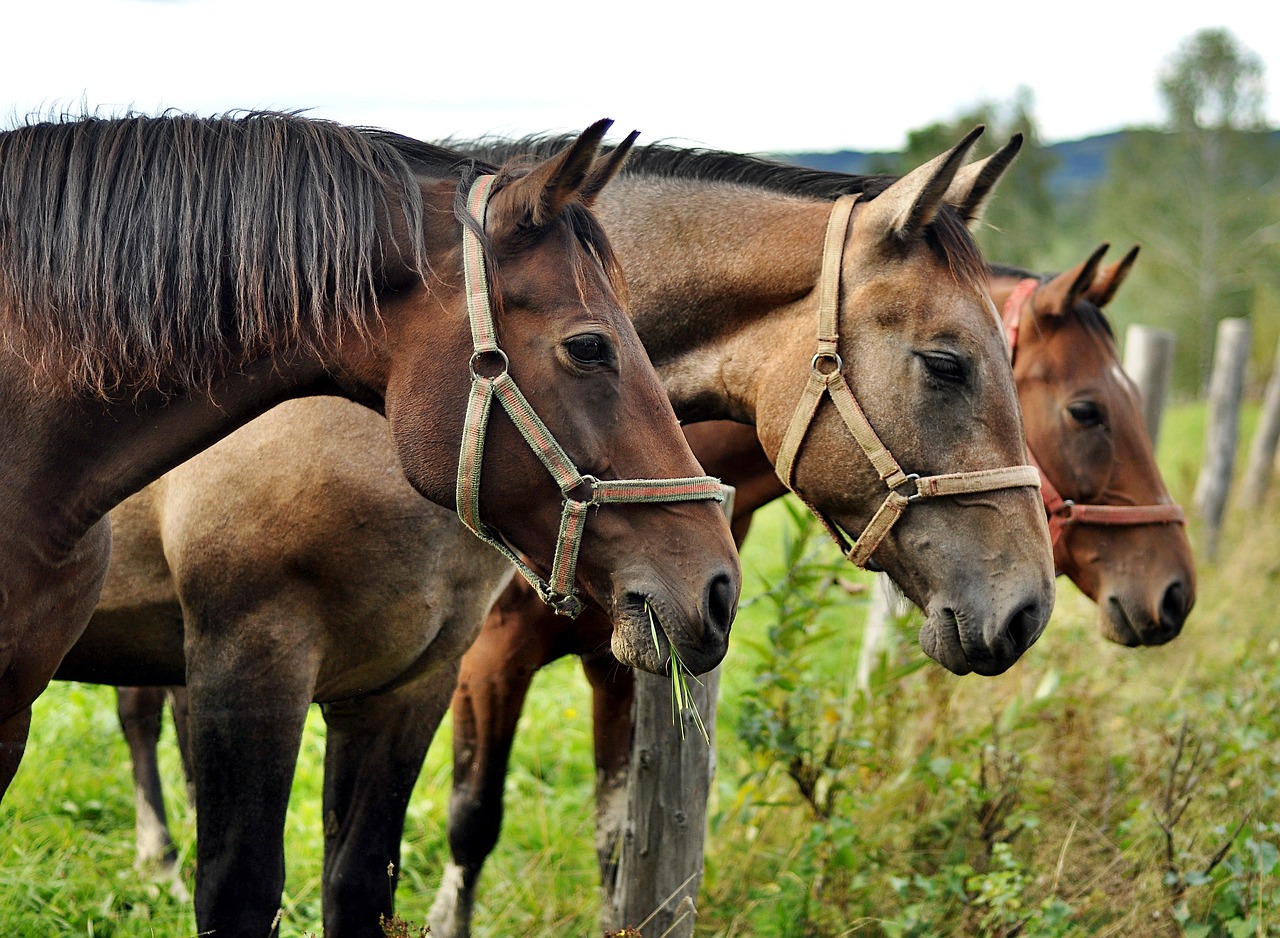Why It’s Important to Learn About the Different Breeds of Horses

Understanding the different breeds of horses is crucial for anyone involved in equestrian activities, whether you are a casual rider, a professional trainer, a breeder, or simply an enthusiast. Each horse breed, whether Tennessee walker vs quarter horse, has unique characteristics, strengths, and weaknesses that can significantly impact their suitability for various purposes. Learning about these differences helps you make informed decisions, enhances your riding experience, and promotes responsible horse ownership.
Suitability for Different Activities
 Different horse breeds are bred for specific purposes and excel in various disciplines. For instance, Thoroughbreds are known for their speed and stamina, making them ideal for racing. On the other hand, Quarter Horses are prized for their versatility and agility, making them perfect for activities like cutting, reining, and barrel racing.
Different horse breeds are bred for specific purposes and excel in various disciplines. For instance, Thoroughbreds are known for their speed and stamina, making them ideal for racing. On the other hand, Quarter Horses are prized for their versatility and agility, making them perfect for activities like cutting, reining, and barrel racing.
Draft horses like Clydesdales and Shires are bred for their strength and are often used for heavy labor and carriage driving. Understanding the qualities and features of various breeds allows you to choose a horse that best suits your unique interests and goals, whether they be show jumping, dressage, trail riding, or ranch work.
Temperament and Behavior
Horse breeds also vary widely in temperament and behavior, which can influence their suitability for different riders and handlers. For example, Arabian horses are known for their spirited and sensitive nature, requiring experienced handlers who can manage their high energy levels. In contrast, breeds like the American Quarter Horse are known for their calm and steady disposition, making them excellent choices for beginner riders and families. Learning about breed-specific temperaments helps you choose a horse that matches your experience level and personality, ensuring a more harmonious and enjoyable partnership.
Physical Characteristics and Health
Each horse breed has distinct physical characteristics that can affect their performance and health. Some breeds are more prone to specific health issues due to their genetic makeup. For instance, Thoroughbreds, with their lean bodies and long legs, are susceptible to leg and hoof problems. Draft horses, given their large size, can be prone to joint issues. Understanding these breed-specific health concerns allows you to provide better care and take preventive measures to maintain your horse’s well-being. Additionally, knowing the physical traits of different breeds helps you identify the best fit for the type of riding or work you plan to do.

Preservation of Heritage and Diversity
Learning about different horse breeds also contributes to the preservation of equine heritage and diversity. Many horse breeds have rich histories and cultural significance. For instance, the Andalusian horse is deeply rooted in Spanish history and has influenced many other breeds. By educating yourself and others about these breeds, you help preserve their legacy and promote genetic diversity within the equine population. Supporting breed-specific organizations and participating in breed shows and events can further contribute to conservation efforts.
Making Informed Breeding Decisions
For breeders, knowledge of different horse breeds is essential for making informed breeding decisions. Breeding programs aim to enhance desirable traits while minimizing genetic defects. Understanding breed standards, genetic traits, and potential health issues helps breeders select the best stallions and mares to produce healthy, high-quality offspring. This knowledge also aids in maintaining breed purity and promoting desired characteristics in future generations.
Enhancing the Bond with Your Horse
 Finally, learning about the breed of your horse can enhance the bond you share. Understanding the history, characteristics, and needs of your horse’s breed fosters a deeper appreciation and connection. It allows you to provide better care tailored to your horse’s specific requirements and creates a more fulfilling and rewarding relationship.
Finally, learning about the breed of your horse can enhance the bond you share. Understanding the history, characteristics, and needs of your horse’s breed fosters a deeper appreciation and connection. It allows you to provide better care tailored to your horse’s specific requirements and creates a more fulfilling and rewarding relationship.
Conclusion
Learning about the different breeds of horses is an invaluable aspect of responsible …



